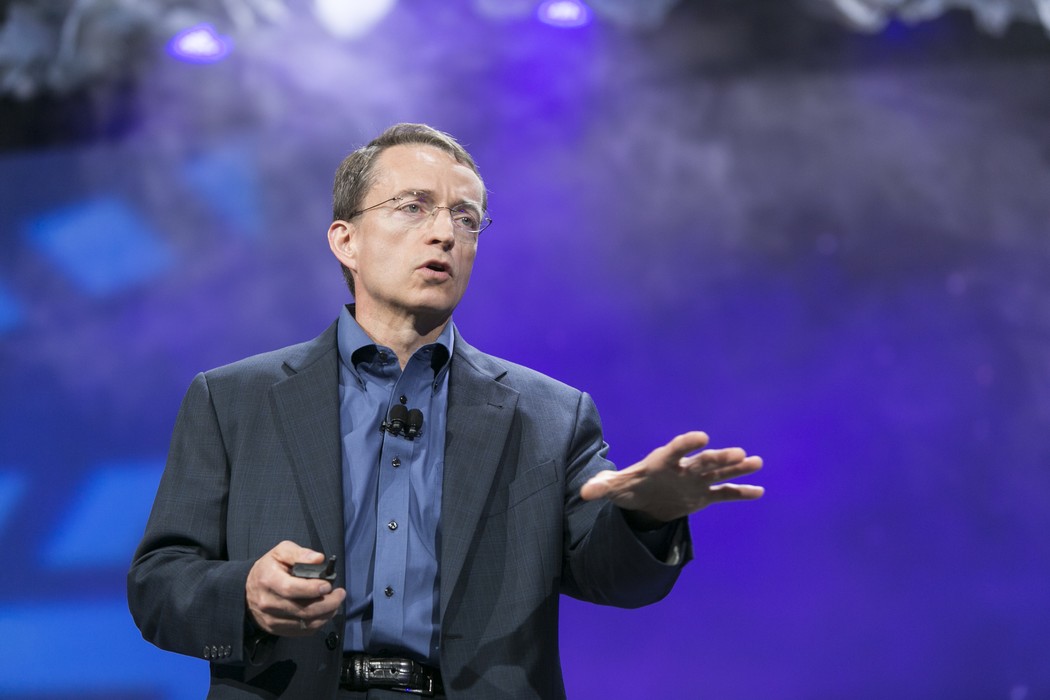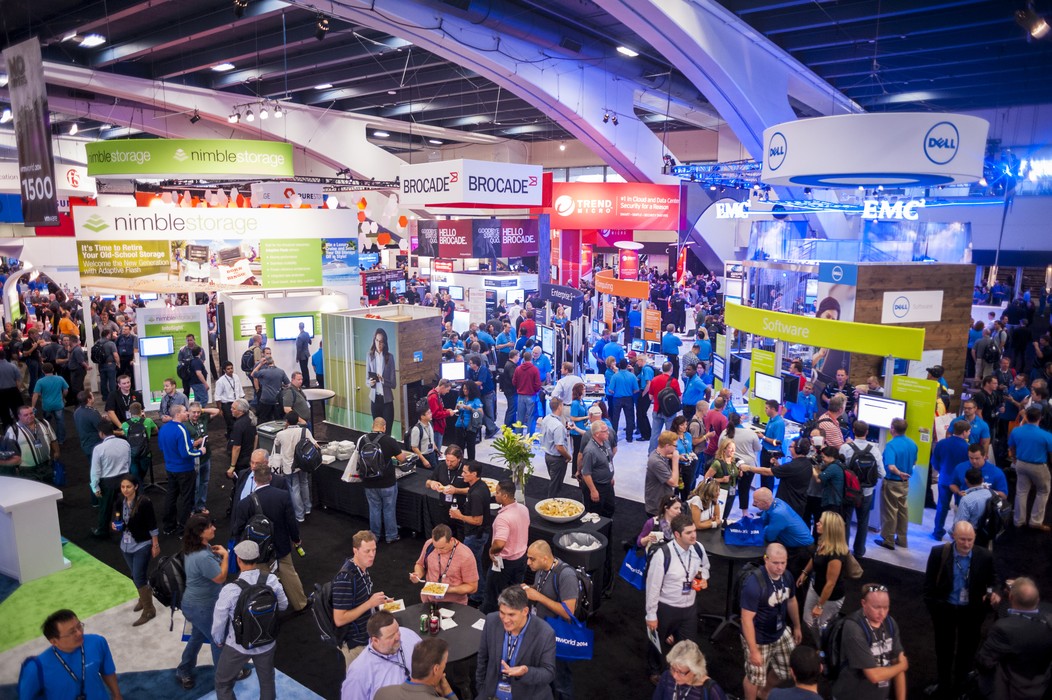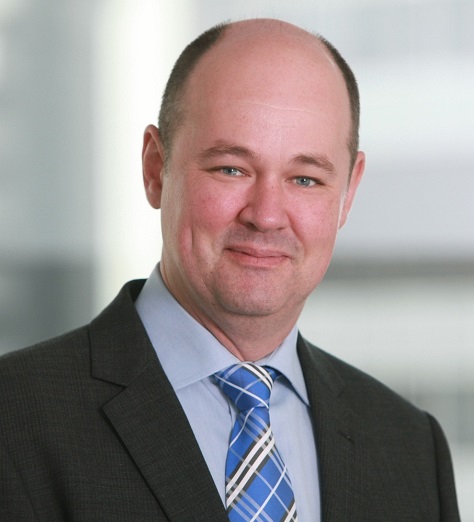VMware doubles down with bundled hardware offerings
By Edwin Yapp August 27, 2014
- Software player introduces hardware-based appliances via strategic partnerships
- While company seems open to change, roadmap still unclear

PALO Alto, California-based VMware Inc is stepping out of its comfort zone and navigating itself into uncharted territory with the introduction of new bundled hardware-based products, in a bid to defend its billing as one of the world’s top virtualisation and cloud computing vendors.
In his Aug 26 keynote address to over 20,000 people at the ongoing VMworld convention this week, chief executive officer (CEO) Pat Gelsinger (pic) said successful business leaders understand that change and disruption are inevitable, and that “brave leadership” is needed in today’s world.
Citing Alan Kay of Xerox Inc's Palo Alto Research Centre (PARC), who was reputed to have said “The best way to predict the future is to invent it,” Gelsinger pointed out that this is what leaders needed to do today – to be decisive and thoughtful – in order to thrive.
"At Intel, we practised ‘informed risk taking,’ that is to say not foolishly running out and merely trying things,” the 54-year-old CEO said, alluding to lessons learnt in his 30-year career at chipmaker Intel Corp.
“[Instead it is] to be thoughtful, calculated, undertaking risk-considered decision making – this is where the brave will thrive.”
Themed ‘No Limits,’ the four-day VMworld conference is being held at the Moscone Center in downtown San Francisco. VMworld is the company's annual conference for customers, partners, analysts and the media.
Gelsinger said VMware is expected to begin offering a new product range – through an original equipment manufacturer (OEM) arrangements with six hardware partners – aimed at customers which want an out-of-box software-defined-data-centre (SDDC) solution.
The six partners are US-based Super Micro Computer Inc, EMC Corp and Dell Inc; Japan’s Net One Systems Co Ltd and Fujitsu Ltd; and China’s Inspur Co Ltd.
An SDDC is a data centre that operates entirely in a virtualised environment, comprising servers, storage and networking, and is managed through the use of intelligent software.
The main aim of an SDDC is to enable IT compute, storage and networking as a service to users, thereby alleviating the need for them to configure and manage individual IT components.
Dubbed Evo:Rail, the solution is the next evolution of VMware’s family of products that will allow enterprises that want to deploy a SDDC quickly, Gelsinger said. Evo:Rail is touted as an easy-to-use integrated solution which the company claims could be deployed in a matter of minutes.
Asked what precipitated VMware’s introduction of such a solution, Gelsinger said that customers today are convinced of the concept of an SDDC, but can’t deploy it quickly enough in their enterprise.
“The sales cycle [for an SDDC] is quick but the implementation takes a lot longer,” he told a media briefing following his keynote address. “Evo:Rail is designed for these customers in mind.”
Complementing Evo:Rail is another product called Evo:Rack, a solution Gelsinger claimed was designed to scale out an entire data centre in two hours or less.
Asked why one traditional partner – Hewlett Packard Co (HP) – was conspicuously missing from the list of hardware vendors for its Evo product line, Gelsinger sidestepped the question, noting only that VMware expects “other hardware partners to come on board in due time.”
Palo Alto, California-based HP also develops software-defined networking solutions based on the OpenStack standard and is seen by some in the industry as having an overlapping market with VMware. OpenStack is an open source software framework that can be used to deploy cloud computing, especially as an infrastructure-as-a-service (IaaS) offering.
In tandem with the introduction of the Evo family of products, Gelsinger announced that VMware would introduce its own version of the increasingly popular OpenStack distribution, known as VMware Integrated OpenStack.
The company said in a statement that the solution was designed to “enable IT organisations to quickly and cost-effectively deliver developer-friendly OpenStack APIs (application programming interfaces) and tools on top of their existing VMware infrastructure.”
The company also announced a number of joint initiatives with open source platform Docker Inc, Google Inc and VMware sister company Pivotal Software Inc, aimed at helping enterprises run and manage container-based applications on a common platform in either a private, public or hybrid cloud.
Open to change?

Over the last decade, VMware has dominated the market with its core virtualisation product as large enterprises – financial services industries (FSIs), manufacturers, telcos, retail, and even the public sector – sought to consolidate their server farms and reduce physical hardware in favour of using virtual machines (VMs).
Powered by software built by companies such as VMware, these VMs provide a logical structure with which physical servers are mated.
Such a technique, known as virtualisation, helps enterprises run multiple operating systems and applications at the same time, and allows them to balance IT workloads by pooling their resources together and acting in concert with each other.
The key benefits of virtualisation include lowering operations costs whilst speeding up software deployment times, thereby helping customers get new products out to the market sooner.
But never in its history has the software vendor sought to produce a hardware appliance – albeit through OEM partnerships – hinged on its software stack. Also surprising is the move to accommodate the OpenStack open source framework in its product roadmap, as well as to work with open source initiatives such as Docker.
The move by VMware is seen by industry observers as both a defensive as well as an offensive move.
 Michael Warrilow (pic), research director for infrastructure at Gartner, said that the VMware executives, including Gelsinger, spent an "inordinate amount of time" trying to convince the audience ay VMworld that the company is making bold and brave moves to embrace change.
Michael Warrilow (pic), research director for infrastructure at Gartner, said that the VMware executives, including Gelsinger, spent an "inordinate amount of time" trying to convince the audience ay VMworld that the company is making bold and brave moves to embrace change.
Speaking to Digital News Asia (DNA) on the sidelines of the conference, Warrilow said, “I just think there was too much talk on being 'brave and bold' but there wasn’t enough time to focus and really zoom in on the big things they’ve announced. The messaging for me seems squished in the middle portions of the keynotes."
“VMware has always been criticised as being too closed," he argued. "But if you sort through all the messaging today, it showed that this may change."
Alluding to the announcements of its Evo family of products, VMware Integrated OpenStack and the effort to reach out to Docker and Google, Warrilow said that this showed willingness on its part to change and become more open.
“However, company executives spent a lot of time saying that they’ll be more open – instead of just saying that, they should have made it clearer to attendees how and what all this means to them. I don’t think the audience had a chance to take in all of that. Hopefully, more will be clear in the coming months.” he added.
The Gartner analyst also felt that it was important for VMware not to confuse its customers and partners by saying that it is getting into hardware manufacturing, and that is why he [Gelsinger] made it clear that it was not getting into hardware.
Overall though, he said there were a lot of exciting announcements, noting that VMware’s revenue in the last quarter did show improvements from the year before.
For the second quarter of 2014, VMware reported revenues of US$1.46 billion, up 17% from the quarter a year ago. However, net income was US$167 million, or US$0.38 per diluted share, down 32% from Q2 2013.
“If it is able to execute these new announcements properly, there might be potential for growth," Warrilow said. "But for now, there is still some gaps in the details and so it remains to be seen if more details will emerge as to how they are going to execute its vision."
Edwin Yapp reports from VMworld 2014 in San Francisco at the invitation of VMware. All editorials are independent.
Other stories from VMworld 2014
Challenging transition ahead for VMware
MoE in VMware’s largest virtualised desktop deployment in Malaysia, wins award
Startup lessons from OpenFlow creator Martin Casado
Related stories
Network virtualisation and VMware's quest for the holy grail
Enterprise cloud management made easier with Oracle
Cloud traffic to dominate data centres: Cisco study
VMware touts next generation software-defined data centers
For more technology news and the latest updates, follow us on Twitter, LinkedIn or Like us on Facebook.


